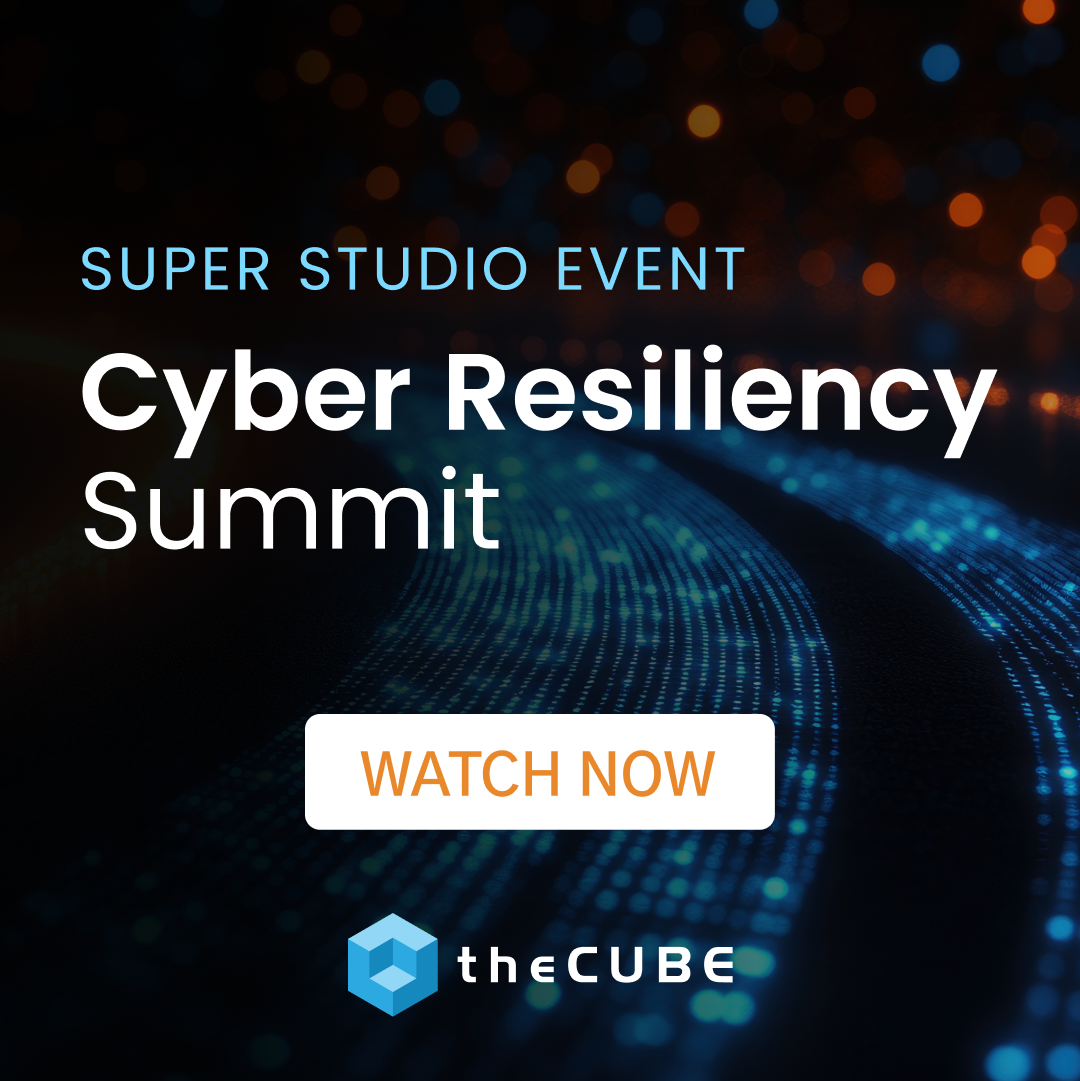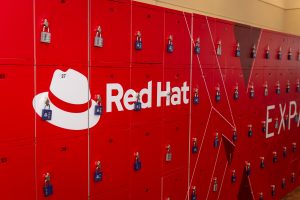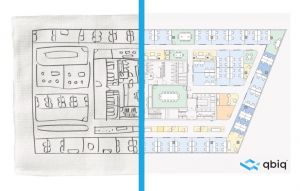VMware’s plan: commoditize IT and kill Docker – but embrace it first | #vmworld
![]() VMware Inc.’s recent foray into the converged infrastructure market is not merely an attempt to gain more control of its ecosystem but part of a broader push to help CIOs retool their operations, according to Chris Wolf, the hypervisor maker’s CTO for the Americas.
VMware Inc.’s recent foray into the converged infrastructure market is not merely an attempt to gain more control of its ecosystem but part of a broader push to help CIOs retool their operations, according to Chris Wolf, the hypervisor maker’s CTO for the Americas.
Speaking on SiliconANGLE’s theCUBE at the recently concluded VMworld conference in San Francisco, the executive described the move as a continuation of his firm’s efforts to abstract away the messy details of enterprise infrastructure that keep IT organizations from focusing on business objectives.
“Storage provisioning, network provisioning, security provisioning and operational management are commodity tasks in the sense that they’re none-differentiating, you have to do them extremely fast and everyone has to do them,” Wolf told theCUBE hosts John Furrier and Dave Vellante. “I should not be trying to build a custom solution for what is a commodity IT service.”
One building block at a time
VMware’s newly introduced EVO:RAIL appliance offers customers an alternative to cobbling together their environments from scratch in the form of a standardized module that combines servers, storage and networking equipment in a single chassis. The system unifies the individual components under a common management layer Wolf said it’s meant to eliminate much of the manual work that historically had to go into configuring and maintaining data center infrastructure.
That consolidated approach offers significant advantages at the organizational level, but for many individual practitioners it also poses a career threat. That can create cultural barriers to the adoption of hyper-converged solutions such as EVO:RAIL, and that’s bad for VMware’s business. But Wolf isn’t too concerned. He believes that reluctant elements in the IT organizations will eventually be forced to adapt because the benefits are so compelling.
“Think about electronics technicians 25 years ago,” he said. “We had folks who were really good at finding bad transistors on a circuit board. If I was still trying to do that level of specialization today, I’d be out of work.”
A base to work from
Hyper-convergence is the foundation of VMware’s vision for the software-defined data center, which extends beyond the classical definition of a facility where all hardware resources can be consumed as a service to include interoperability with other environments. To that end, the hypervisor maker recently teamed up with Docker Inc. to provide support for the latter’s namesake container engine in its flagship vSphere virtualization platform.
Much like EVO:RAIL, Docker relies on standardization to simplify operations. The software packages applications into consistent and lightweight containers that can be moved across different types of infrastructure with no concern for the underlying clockwork. But according to Wolf, that only works on paper in the enterprise.
Docker may make it possible to migrate a workload from a VMware environment to a public cloud, but the management and security capabilities needed to support that workload don’t carry over, he explained. That makes interoperability impractical for mission-critical applications, a pitfall that Wolf said his company is helping to mitigate. “We make the operational stack consistent and multi-provider. Other providers don’t,” he said.
Not putting all the virtual eggs in one basket
Over the last year and a half, Docker has evolved from a side-project at an obscure startup to a major force in the industry, with a fast-growing user base and the endorsement of some of the biggest computing vendors. The project ultimately poses a direct threat to VMware, and Wolf made it clear that that reality hasn’t escaped his company’s attention.
The company’s long-term answer to Docker is Project Fargo, a homegrown technology that he described as similar to the open-source tool but with more management flexibility. The experimental software makes it possible to create copies of a virtual machine without taking it offline and to have those copies share an operating system image with their parent in the same way that multiple containers run on top of a singular kernel. Any changes made to common files within so-called child instances are automatically saved locally.
Wolf said this approach makes it possible to deploy virtual machines in a matter of milliseconds while also significantly reducing resource utilization at the same time. The benefits are clear, but the marketplace is constantly evolving, and the open-source community behind Docker is also working on delivering new capabilities. VMware, however, is confident it can stay ahead.
“Look at cloud providers: Amazon uses open-source components, but they have a proprietary stack, and because of that they can ship features in weeks,” Wolf said. “We’re being good community citizens. We’re providing the open-source interfaces that our customers want, and at the same time we innovate in our stack.”
Watch the full interview below (21:09)
A message from John Furrier, co-founder of SiliconANGLE:
Your vote of support is important to us and it helps us keep the content FREE.
One click below supports our mission to provide free, deep, and relevant content.
Join our community on YouTube
Join the community that includes more than 15,000 #CubeAlumni experts, including Amazon.com CEO Andy Jassy, Dell Technologies founder and CEO Michael Dell, Intel CEO Pat Gelsinger, and many more luminaries and experts.
THANK YOU









